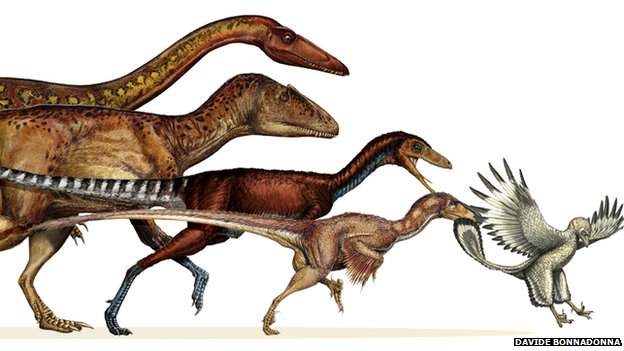My own answer.. “outright impossible.”
Why? I can’t see a human mother birthing a child that...
a) can fly, or
b) possesses the minute beginnings of characteristics for flight.
Anyone happen to find agreement with this basic reasoning?
The problem is that to get to a flying descendant, a *population* of humans would first, over many generations, decrease in size (no flight for creatures our size: we'd need too long of a wingspan).
THEN, that population would probably have to either become arborial or live on cliffs.
THEN, perhaps the mutations towads flight could be selected for.
So, the misunderstandings in the OP:
1. Evolution happens in populations, not individuals.
2. Evolution doens't happen in a single generation.
3. Flight for creatures our current size isn't practical because of physical considerations.
$. Evolution happens in an environment and is directed towards survival in that environment (adaptation is the first step).

